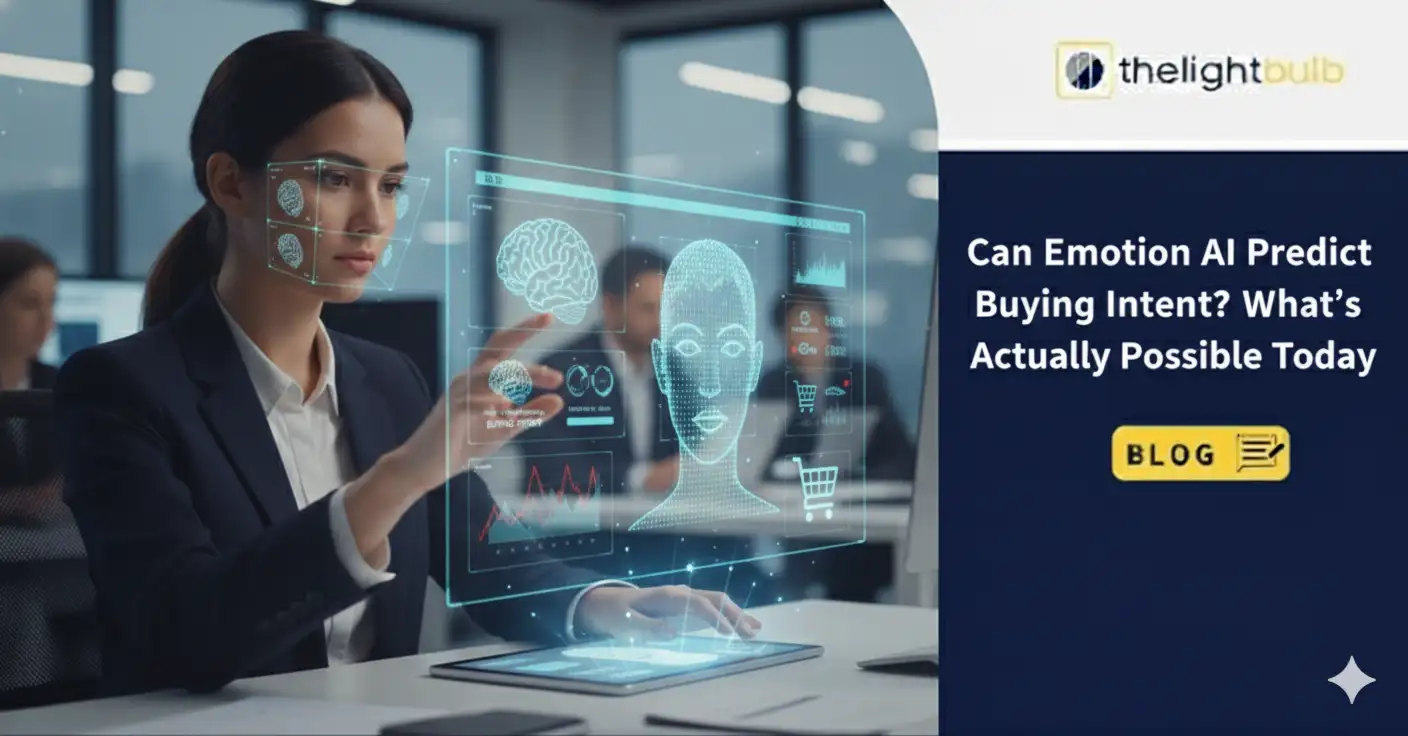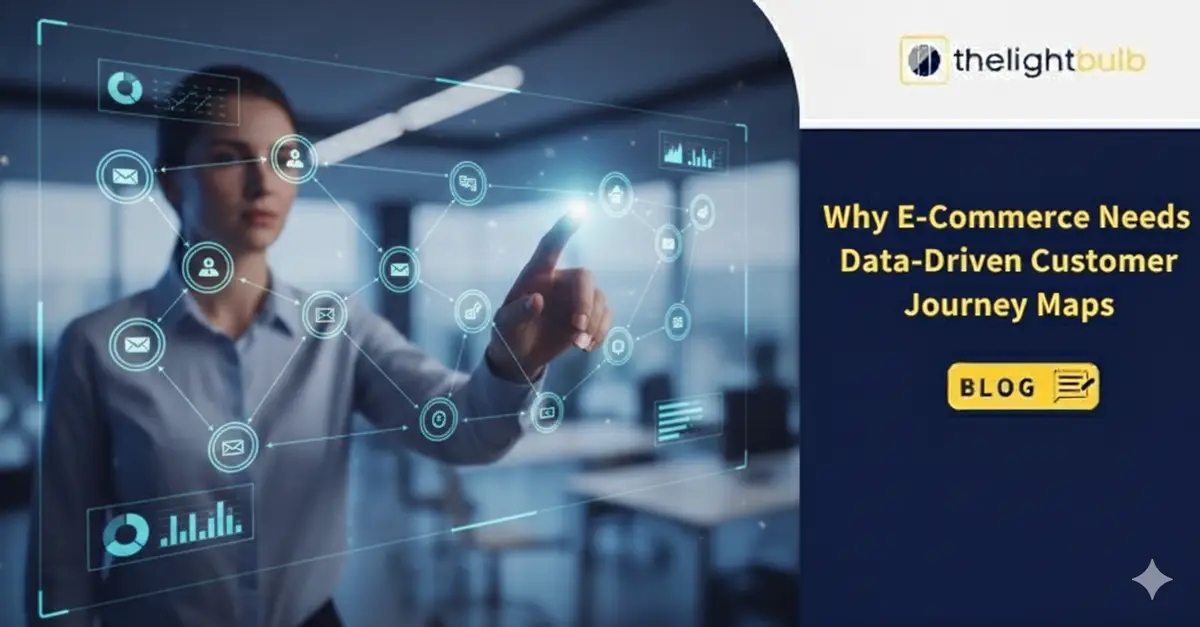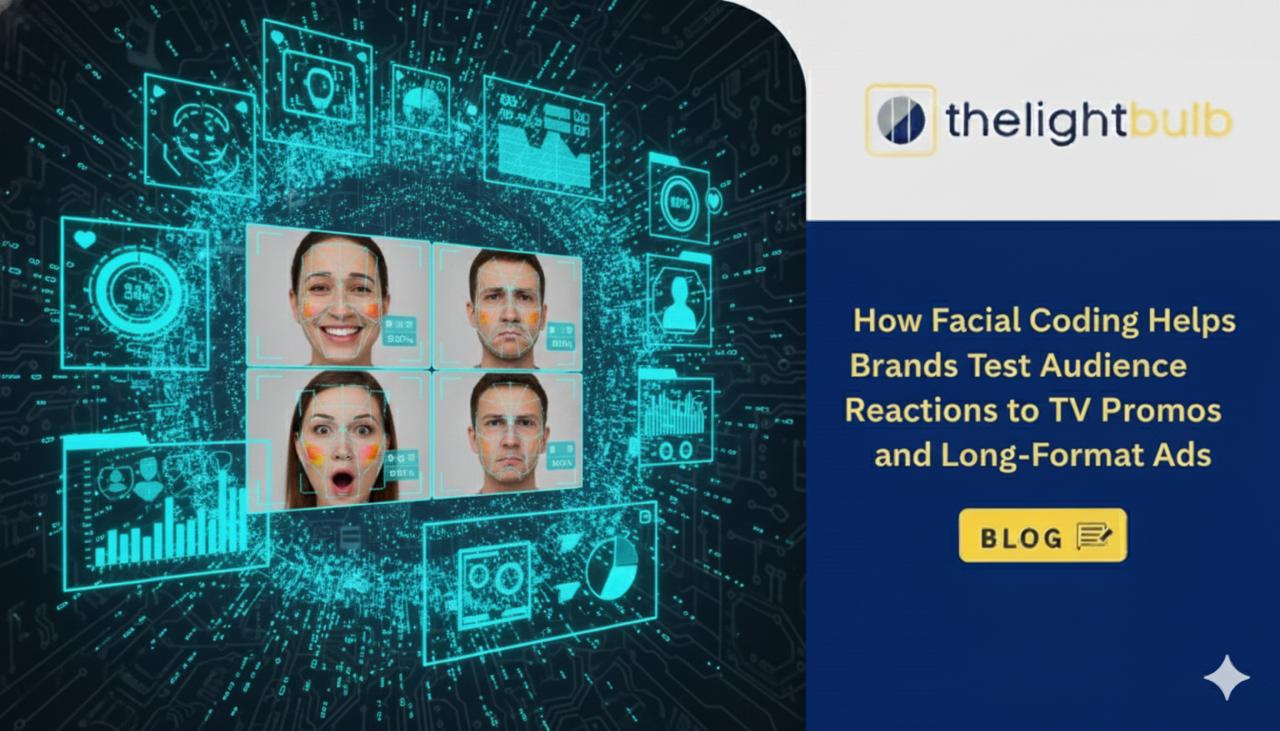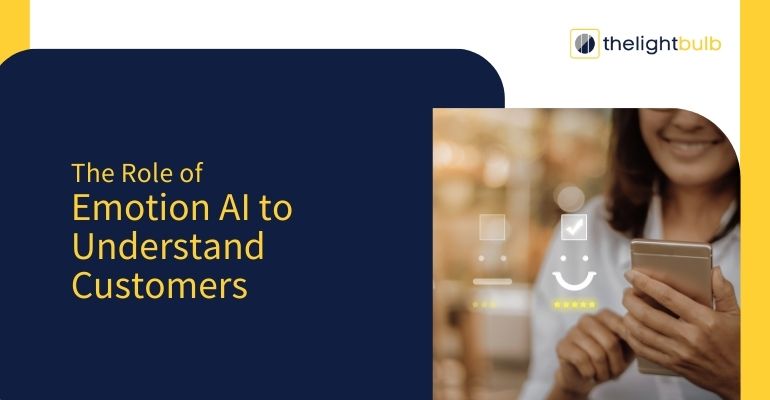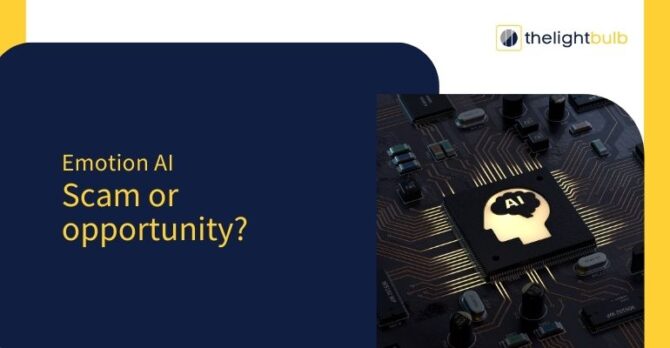
It has long been recognized that brands, are built to facilitate the business of making money.
Simply put, building a brand is simply a way to force your product or service into the consideration set of a user when he’s next planning a purchase in your category.
And it is of course hoped that once a user experiences your product and service, he will be so impressed with the quality of the product or the delightfulness of the service that he will then repeat his purchase decision in favor of the brand. And by building brand loyalty over a period of time, leave the business relatively free to focus on acquiring new customers, while being assured of the loyalty (and share of wallet) of the existing customer.
Alas…things are never that easy, are they?
Repeat business comes only from delighted customers. And one of the most critical questions that businesses try to answer daily is – Are we delighting our customers at various points in the customer journey?
| It’s a brave new world
It’s a brave new world out there! And it’s all online!
With the advent of social media & the indomitable rise of e-commerce, dazzling new frontiers have opened up for businesses. Vast new online vistas have emerged where brands have the opportunity to interact with, view and understand customers in real-time.
Businesses now have more information than ever, to try and understand their customer needs, track usage patterns and try to predict opportune moments in which to position their products or service. And billions of dollars globally are spent, as businesses work tirelessly to keep measuring customer feedback, trying to understand their customers in an effort to ensure that they stick on, purchase more and refer the product to more people like themselves.
While there is certainly no lack of data on digital platforms, however understanding such complex unstructured information is not easy. The challenge truly is in taking such vast amounts of data and simplifying it so that it can be understood quickly and made actionable by product teams.
These processes are currently done offline. And in mostly a post-facto fashion. So, it would not be fully incorrect to state that most feedback mechanisms for businesses are currently unstructured and not in real-time.
But do businesses have the luxury of time?
Do they really have the time to wait?
In today’s hyper-connected world, a bad customer experience spreads like wildfire online. Not only do businesses lose the unhappy customer, he then puts off multiple others from the brand & business. Today, not acting fast enough can – at worst – have an immediate and adverse impact on customer acquisition run-rates or – at best – lead to the attrition of the existing customer.
| But is there another way?
Yes, there is.
At the heart of it, all brands really need to know from every customer interaction is whether the customer was positive or negative at the end of the interaction? And if he was negative, to take immediate actions to mitigate the negativity.
Because nothing upsets an already upset customer than being ignored.
And we know that, because we have all been that ignored and vitriol-spewing customer.
But how can we tell if the customer was negative or positive?
What is this positive association that we speak of?
How is it even measured?
And if we are unclear of how to measure it, can we even improve upon it?
This is where emotion AI comes in.
To us at lightbulb.ai, a customer’s positive association – which is critical to brand loyalty – means any positive emotion that a customer demonstrates while experiencing a product or service.
In the digital context where almost all brands have a presence if not a purchase option online, it is almost a necessity now to measure positive or negative emotions demonstrated by customers while engaging with the product or service online.
| But isn’t it all hokum?
So, while it is tempting to brush off the field of emotion-recognition as a scam – after all, how can a computer screen tell how I am feeling – it is important to realize that emotion-recognition as a technology, simply utilizes an entity’s learning of human facial cues to decipher feelings…a skill that every human child learns in his lifetime. Only this time, the entity is a computer.
Computer vision as a technology has existed for a long time and is only growing more sophisticated by the day as computing power grows exponentially and relevant data-sets for training become available to technology companies globally.
The ability to judge whether a human at the other end of the screen is negatively or positively inclined, whether he is paying attention or distracted is simply a matter of having sufficient examples of people in the same situation. The rest, as they say, is simply extrapolation.
But this ability or judgement, helps complete the mythical ‘feedback loop’ that the digital medium has so far denied businesses. The ability to close in real-time, the communication loop and correct a negative interaction with a positive (re)action.
So, in conclusion, building brands or businesses, are simply about delighting customers.
But until you know that you have delighted them, you are operating under what could be an incorrect assumption. And the only way to verify that assumption – is to recognize emotions.



